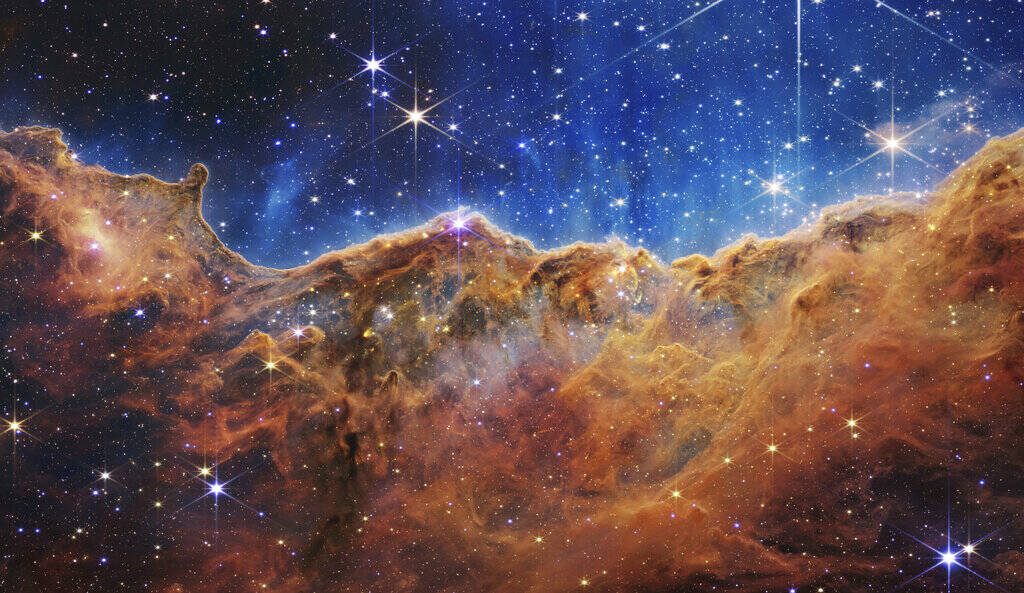The rising interest in deep space thanks to the first images from the James Webb Space Telescope can only be described as, well, astronomical.
On July 22 a taste of space, called Astronomy at the Park, will be offered by the South Texas Astronomical Society and UTRGV experts at Resaca de la Palma State Park.
Participants can view the sky through a massive 17-inch telescope, as well as other smaller scopes set up just for the evening.
“We’re doing it on stars in collaboration with the Christina Torres Memorial Observatory at UTRGV and Resaca de la Palma State Park,” said Victor de los Santos, executive director of the South Texas Astronomical Society. “Once it gets dark enough, it will start off with a night sky tour.
“We’re going to have one of the astrophysicists from the university talk about the sky and the stars and about how to navigate it and how ancient civilizations used the sky,” he added. “And then we’ll get into some deep-sky observations, and we’re able to see galaxies and star clusters and nebulae and other deep-sky things.”
As referenced, interest in deep space has exploded with the first images released this month by the James Webb Space Telescope, the largest and most powerful telescope ever built. The space-based machine has begun to send back extraordinary images of deep space galaxies, stars and planets, a glimpse back into time of 13.2 billion years.
The Webb telescope is the size of three-story building, as long as a tennis court and was so big it had to be folded up to fit inside its launch vehicle.
Mario Diaz, professor and director of UTRGV’s Center for Gravitational Wave Astronomy, is scheduled to give a presentation at the Astronomy in the Park event, de los Santos said.
“And I will probably also give a smaller one. I don’t even want to call it a presentation, but I’m going to show the James Webb images and just talk about them a little bit and talk about the significance of that mission,” de los Santos said.




